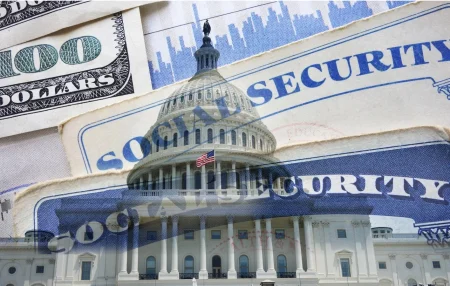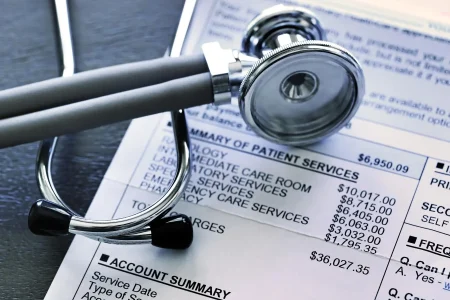U.S. Economy Maintains Growth Trajectory in Q4 2024, But Pace Slows Amidst Mixed Signals
The U.S. economy concluded 2024 on a positive note, registering a 2.3% growth in Gross Domestic Product (GDP) during the fourth quarter. This marks the eleventh consecutive quarter of expansion, demonstrating a resilient economy navigating a complex landscape of high interest rates and persistent inflationary pressures. While the 2.3% growth figure aligned with market expectations, it represents a deceleration from the 3.1% growth witnessed in the third quarter, prompting closer examination of the underlying economic forces at play. The overall narrative points towards a potential "soft landing" scenario, where the economy cools down without plunging into a recession, although challenges remain.
The fourth quarter GDP growth was driven by a combination of positive and negative contributions from various sectors. Consumer spending, a key driver of the U.S. economy, remained robust, contributing 2.82 percentage points to the overall growth. This strength was fueled by both services and goods consumption, indicating continued consumer confidence despite lingering economic uncertainties. Government spending also provided a boost, adding 0.42 percentage points to the GDP growth. Furthermore, net exports, the difference between exports and imports, contributed positively, albeit marginally, adding 0.04 percentage points.
However, the overall positive picture was tempered by a significant decline in inventories, which shaved off 1.03 percentage points from the GDP growth. This decline, primarily attributed to a sharp drop in inventories rather than fixed investments, suggests businesses may be adjusting to changing demand dynamics and potentially anticipating a slowdown in economic activity. The interplay between these positive and negative factors underscores the complexities of the current economic environment.
Looking ahead, the outlook for the U.S. economy in 2025 remains cautiously optimistic. Several factors support the possibility of continued growth, including a historically low unemployment rate, manageable debt levels for consumers, low debt delinquencies, and sustained consumer spending. These positive indicators contribute to a narrative of resilience and suggest the economy possesses underlying strength. International forecasts, such as the January 2025 prediction by the International Monetary Fund (IMF), project a 2.7% GDP growth for the United States in 2025, positioning the country as the fastest-growing advanced economy globally.
The Atlanta Federal Reserve’s GDPNow model, a widely followed real-time economic tracker, accurately predicted the 2.3% Q4 GDP growth, further bolstering its credibility as a reliable indicator of economic performance. This model, based on up-to-the-minute economic data, provides valuable insights into the evolving economic landscape and informs expectations for future GDP reports. Its accuracy in predicting the Q4 outcome reinforces its utility as a tool for policymakers and market participants.
The Federal Reserve, the central bank of the United States, faces a delicate balancing act in the coming months. While the continued economic growth and elevated consumer inflation suggest the need for caution in easing monetary policy, the slowing pace of GDP growth and potential risks to the economic outlook may necessitate a reassessment of the current policy stance. Market participants are closely watching for signals from the Federal Reserve regarding the future trajectory of interest rates, as any changes in monetary policy can have significant ramifications for financial markets and the broader economy. The combination of robust growth and persistent inflation presents a challenge for the Fed, potentially precluding an immediate interest rate cut despite some anticipation for such a move.
The Q4 2024 GDP report offers a mixed bag of signals for the U.S. economy. While the continued expansion is encouraging, the slowing growth rate and the negative contribution from inventories raise some concerns. The interplay between robust consumer spending and the potential for a slowdown in business activity creates a complex economic environment. Looking ahead, the Federal Reserve’s policy decisions will play a crucial role in shaping the trajectory of the U.S. economy in 2025, amidst a backdrop of both opportunities and challenges. The coming months will be critical in determining whether the U.S. can successfully navigate a "soft landing" and maintain its growth momentum while addressing persistent inflationary pressures.













